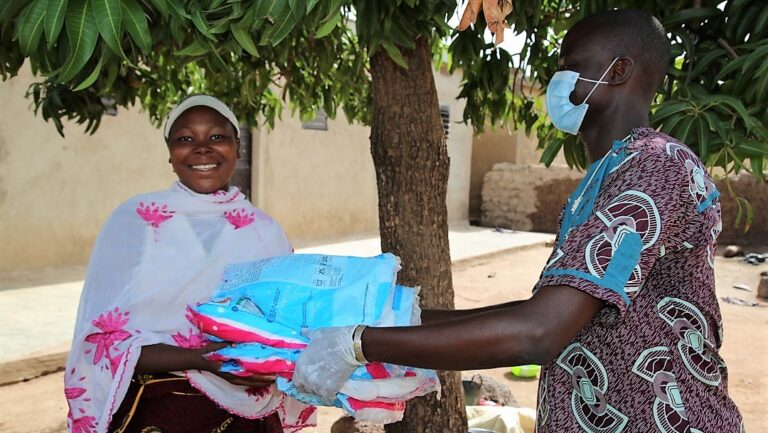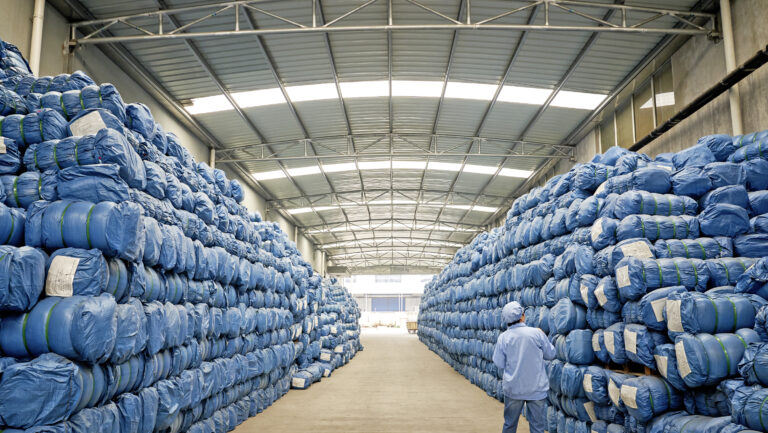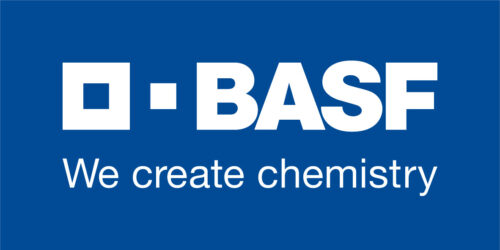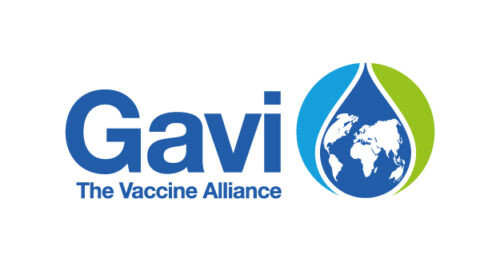The importance of tackling resistance in mosquitos
by Laura Mundy, External Relations Associate
8 October 2021 | Insight
The longer a mosquito population is exposed to a single class of insecticides, the longer it has had to build resistance. Dr. Tom McLean from IVCC explores three insecticide tools at market and in development to battle resistance.
Our volume guarantee with BASF is helping to bring next-generation anti-mosquito nets to malaria-endemic areas. But why have mosquitos developed resistance to older insecticides?
For 15 years since the turn of the century, the global malaria response was on track and doing well. Inexpensive pyrethroid-coated anti-mosquito nets were very cheap to make and were effective in protecting people from malaria. They were also well accepted by people living in areas of high malaria burden.
But since 2015, progress has stagnated. Demographic changes have seen more people moving to or living in areas of high malaria burden, economic issues have hampered coordinated responses, and most of all, mosquitoes are outsmarting the technologies humans developed to kill them. All of which has led to rising malaria incidence.
Darwin was right
Dr. Tom McLean is Director of Access at the Innovative Vector Control Consortium (IVCC) and a former chemist in product development. He is an expert in product development and bringing vector control tools to market. Tom explains how biology has driven mosquitos to become resistant to the insecticides used in vector-control technologies.
“It turns out Darwin was right. If you apply pressure to a biological system, that animal or insect will change in response to that pressure, and mosquitoes are extremely well adapted to do so. We are seeing them change their biological makeup to prevent insecticides from working, create new metabolic enzymes that ‘chew up’ insecticides, and learning where not to go to avoid insecticide-treated products.”
The longer the mosquito population is exposed to a single class of insecticides, the longer it has had to build resistance. As a result, people are realising their older generations of bed nets or insecticides used to spray walls are no longer as effective and malaria cases are rising.
“You notice when there is just one mosquito in your house, imagine there being hundreds,” explains Tom. “If you don’t think your bed net is working, you are likely to stop using it because they are not the most comfortable things to sleep under.”
This in turn puts more pressure on health systems and healthcare workers. Money, resources, and time previously directed to preventing and treating other health conditions must now factor in the need to care for rising numbers of malaria patients. Older generations of bed nets are approaching the end of their product lifecycle and we need new vector control products with new insecticide technology.
The next wave of insecticide technology
Scientists working on new insecticide technology have three goals:
- The insecticide must be safe for people and mammals.
- The insecticide must be active by mosquito contact.
- The insecticide must be persistent, working over a prolonged period of time to make the products cost effective.
“It’s very difficult to find safe, effective insecticides and proving so is just as hard as making a drug safe for humans. Most of the early candidates we throw out are because they’re not safe,” explains Tom.
New tools must also cater to the fact that some mosquitoes like being inside while some prefer being outside. Therefore, new technologies need to address the threats posed by mosquitoes with both preferences.
Here we explore three current tools at market and in development.
1. Long-lasting insecticide-treated bed nets (LLINs)
Insecticide-treated bed nets (ITNs) help to prevent the spread of malaria by providing a physical barrier between mosquitoes and people and by using a chemical to kill mosquitoes. However, growing resistance among mosquitoes to pyrethroids – until recently, the only insecticide class used in ITNs – is threatening to hinder progress. Resistance to pyrethroids has been reported in 73 of the 81 malaria-endemic countries, covering all regions of sub-Saharan Africa.
BASF has developed a new dual active ingredient net that uses an insecticide new to public health – chlorfenapyr – in combination with a pyrethroid. Our volume guarantee is helping to support increased use of the net in nine countries in sub-Saharan Africa. These bed nets are more effective in killing mosquitoes that are resistant to pyrethroids, while still being able to kill mosquitoes that have not developed resistance.
“We know that bed nets are generally well-received by users and have the lowest cost per person protected, so these dual-treated nets are a real breakthrough”, says Tom.
2. Indoor residual spraying (IRS)
Indoor sprays that are administered onto walls have been used for decades and also relied heavily on pyrethroids, and they are now being made with several insecticides repurposed from agriculture. They are an “always-on technology” meaning that people do not need to remember to use them. Spraying also protects everyone in a household, rather than just the person under the bed net, and provides a secondary benefit to neighbours of sprayed houses.
However, they are expensive to administer. A bed net can be collected and set up by the user, whereas a spray needs to be administered by a trained sprayer – it’s not a tool for public implementation.
3. Attractive Targeted Sugar Bait (ATSB)
Mosquitoes need to eat. Females eat blood in order to absorb the protein needed to lay eggs, but all mosquitoes need to eat sugar every three days. Usually, they get this from flowers and fruits, but current vector control technology is working on a method to artificially supply mosquitoes with a sugar bait that contains an insecticide. This is the first ‘outside’ vector control tool and has been in development for 10 years.
The sugar bait is placed in an A4-sized thin tray which is covered in a plastic film and hung on a wall outside people’s homes. The plastic film ensures that only insects that pierce to eat – like mosquitoes do – can get to the bait while other insects, such as bees, cannot. Trials are ongoing to garner the evidence needed on their effectiveness. Initial results from a trial with a dye inside the bait instead of an insecticide show widespread dyeing of mosquitoes and no dyeing of bees.
Partnering for better access
Anti-malaria technology is moving quickly, so strong partnership is needed to ensure that these effective new tools can be paid for and distributed fast, ensuring they reach people who need them as soon as possible.
This involves “increased commitment to partnership that involves the big actors and smaller civil society groups”, explains Tom. Partners truly need to understand each other’s perspectives and constraints to ensure widespread access.
About our partnership with BASF
In October 2019, we launched a volume guarantee with BASF and the Bill & Melinda Gates Foundation to reduce the price of, and accelerate access to, at least 35 million next-generation bed nets. Read our 2020 Annual Report to find out more.
Related news
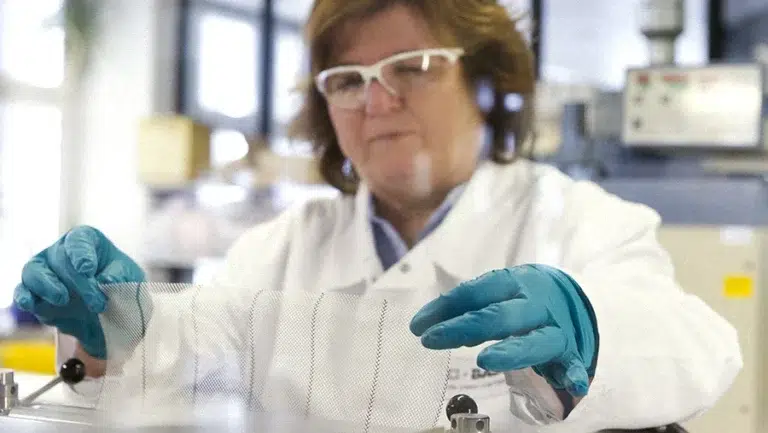
8 October 2019
Cost of next generation mosquito nets almost halved
The price of new BASF Interceptor® G2 mosquito nets will be reduced by 40% for underserved communities thanks to a…
